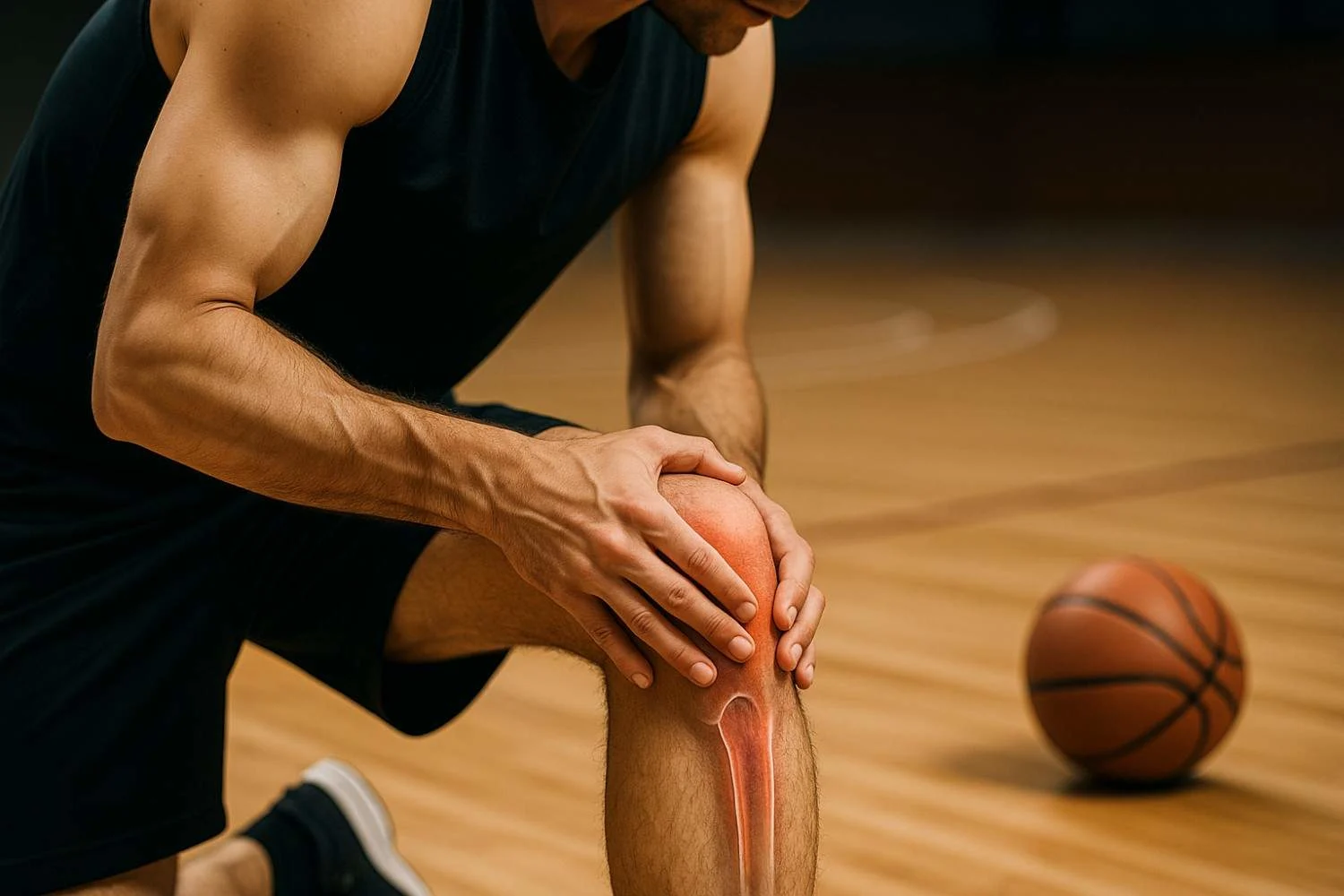
Frequently Asked Questions
Jumper’s knee is patellar tendinitis, an overuse injury of the tendon that connects your kneecap to your shinbone.
Pain just below the kneecap, stiffness after exercise, tenderness at the tendon, and reduced power when jumping or running.
Typically at the lower edge of the kneecap, over the patellar tendon.
Repetitive jumping, sudden training spikes, tight muscles, poor landing technique, hard surfaces, and unsuitable footwear.
Through physical examination, pain tests during squats or hops, and sometimes ultrasound or MRI to view the tendon.
Mild cases can improve with rest and smart rehab, but completely ignoring pain and continuing high-load sport often makes it chronic.
Anywhere from 3–6 weeks for mild cases to 6+ months for long-standing or severe cases.
A mix of load modification, eccentric strengthening, stretching, and progressive return to sport. Physio-guided rehab is key.
Short answer: only if pain is mild and improving. If running worsens symptoms or pain lasts into the next day, dial it back and work with a physio.
Eccentric quad exercises (like decline squats), isometric holds, glute strengthening, and calf/hamstring stretching.
Only in a small percentage of cases, usually when there’s a major tear or when months of structured rehab haven’t worked.
Pain can become chronic, tendon quality can worsen, and performance drops. In extreme cases, partial or complete tendon rupture is possible.
Warm up properly, build leg and hip strength, avoid sudden training spikes, maintain flexibility, and use proper footwear.
Yes. It’s particularly common in sports that involve frequent jumping, sprinting, and fast direction changes.
Jumper’s knee affects the patellar tendon below the kneecap. Runner’s knee usually refers to patellofemoral pain syndrome, felt around or behind the kneecap.
Yes, gentle stretching of quads, hamstrings, and calves can reduce strain, but it must be combined with strengthening.
From Stage 1 (pain only after exercise) to Stage 4 (possible tendon rupture needing surgery).
Often there’s mild swelling or thickening at the front of the knee, especially after activity.
Deep or heavy squats can if done too soon or with poor technique. In rehab, squats are modified and carefully progressed.
Try sleeping on your back with a small pillow under the knee, or on your side with a pillow between your knees to keep the joint relaxed.
Comments (0)
Add comment






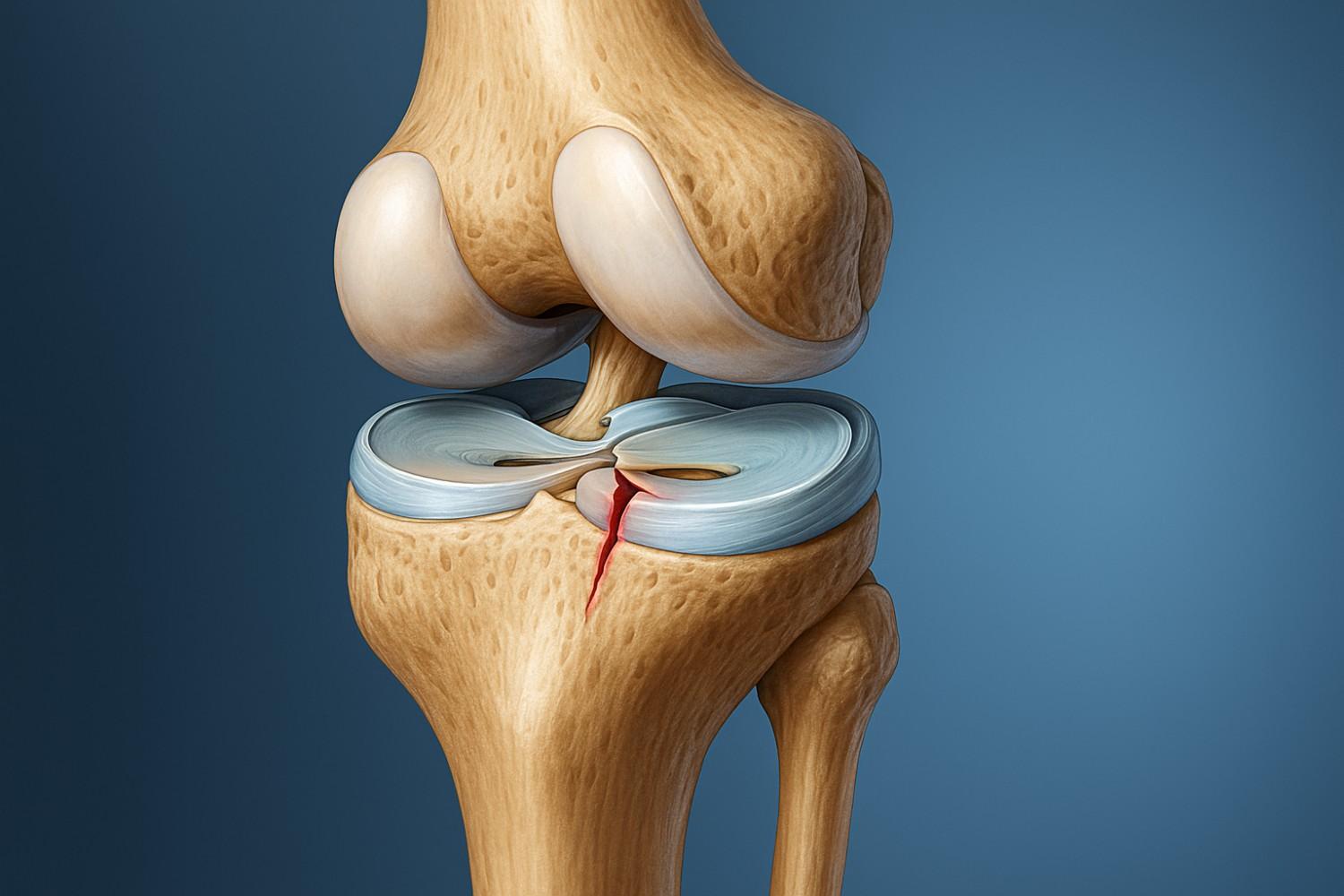
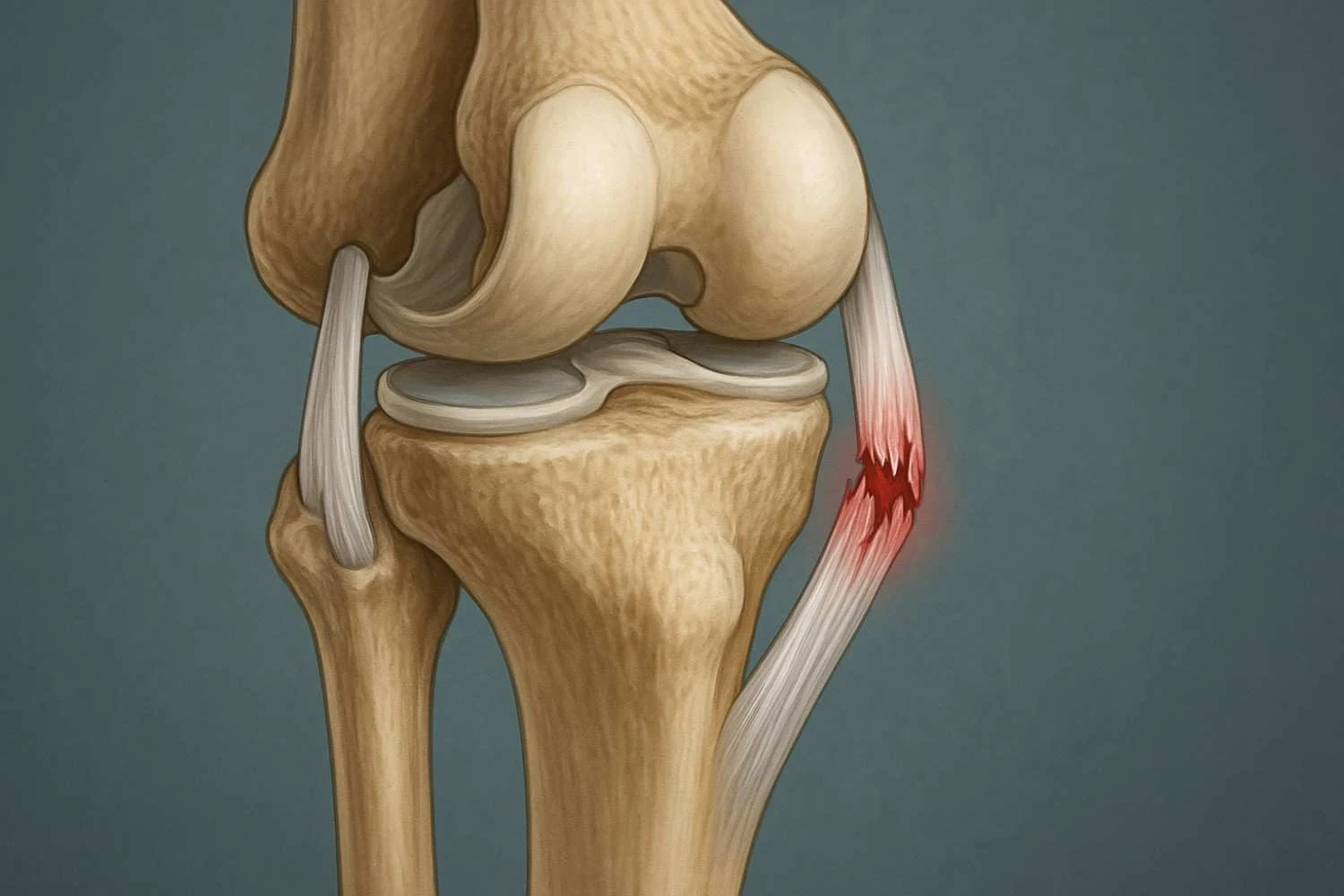
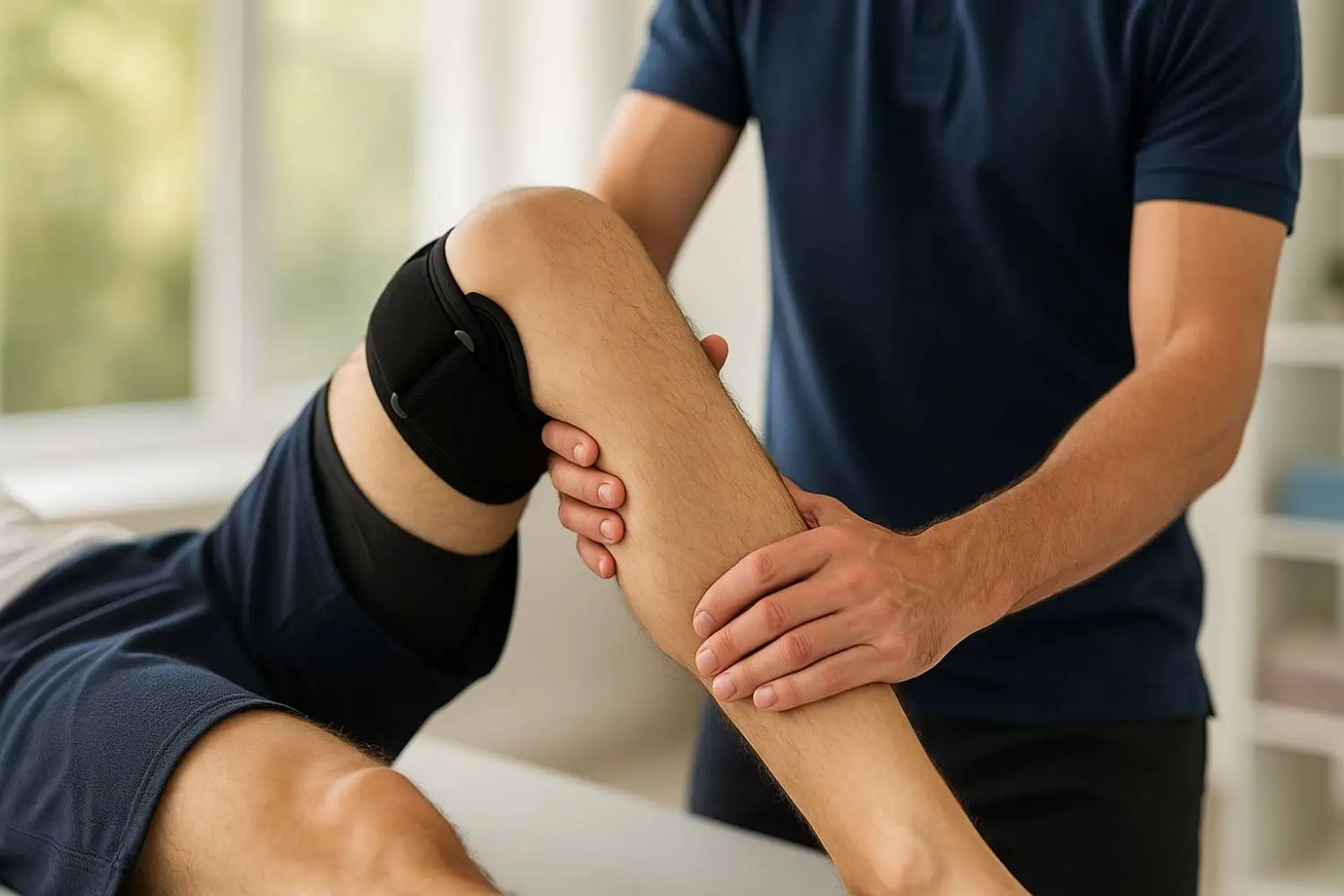
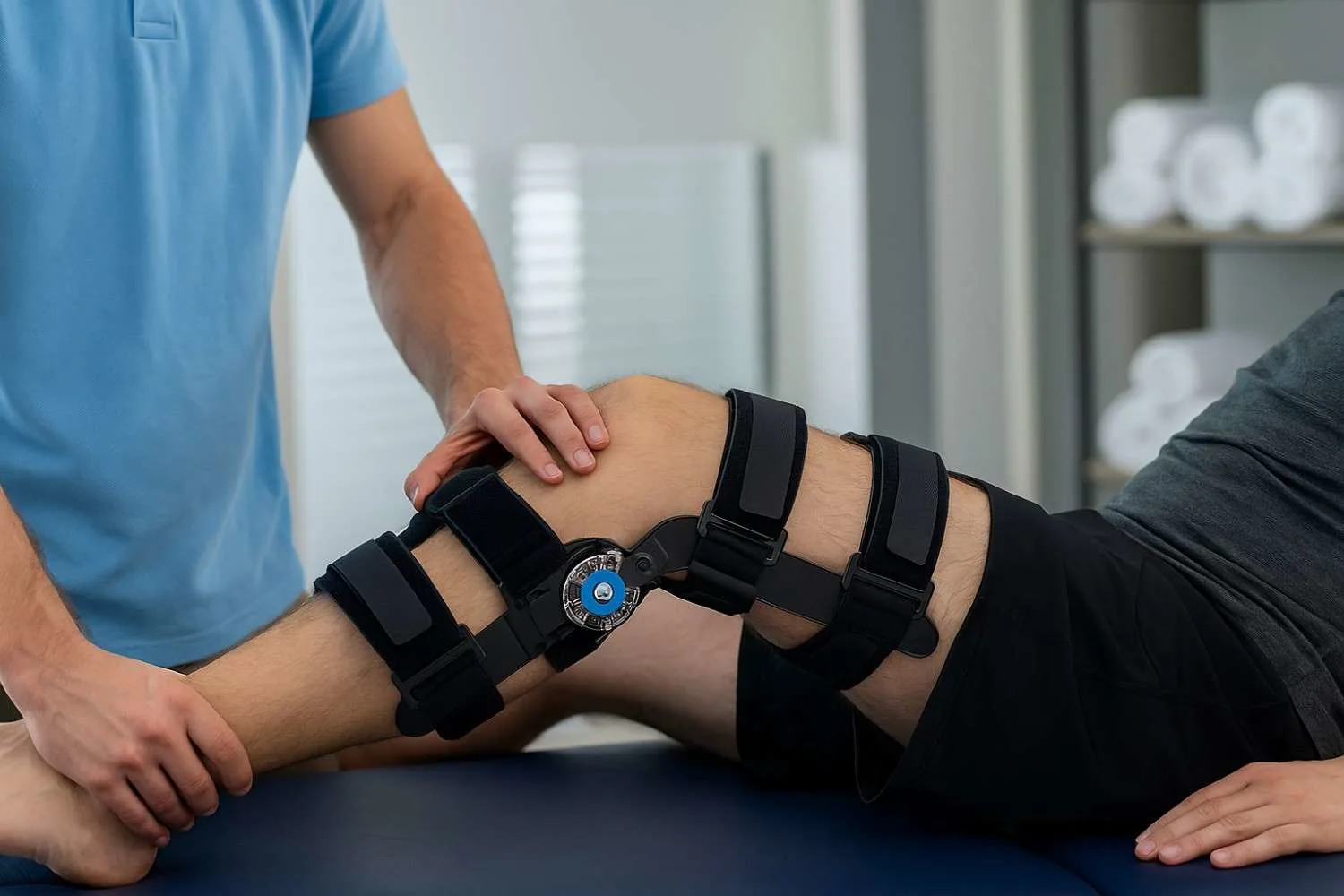
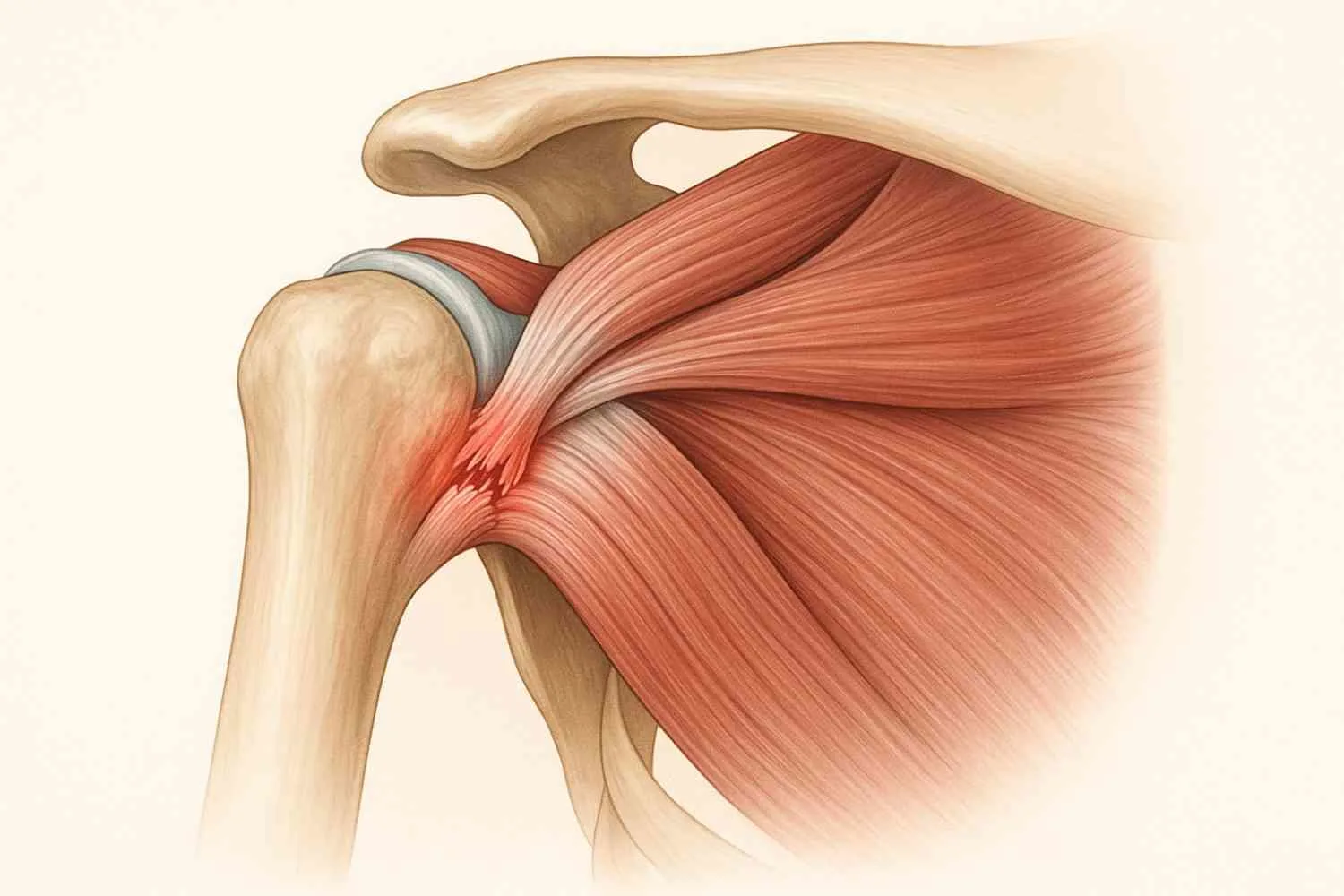
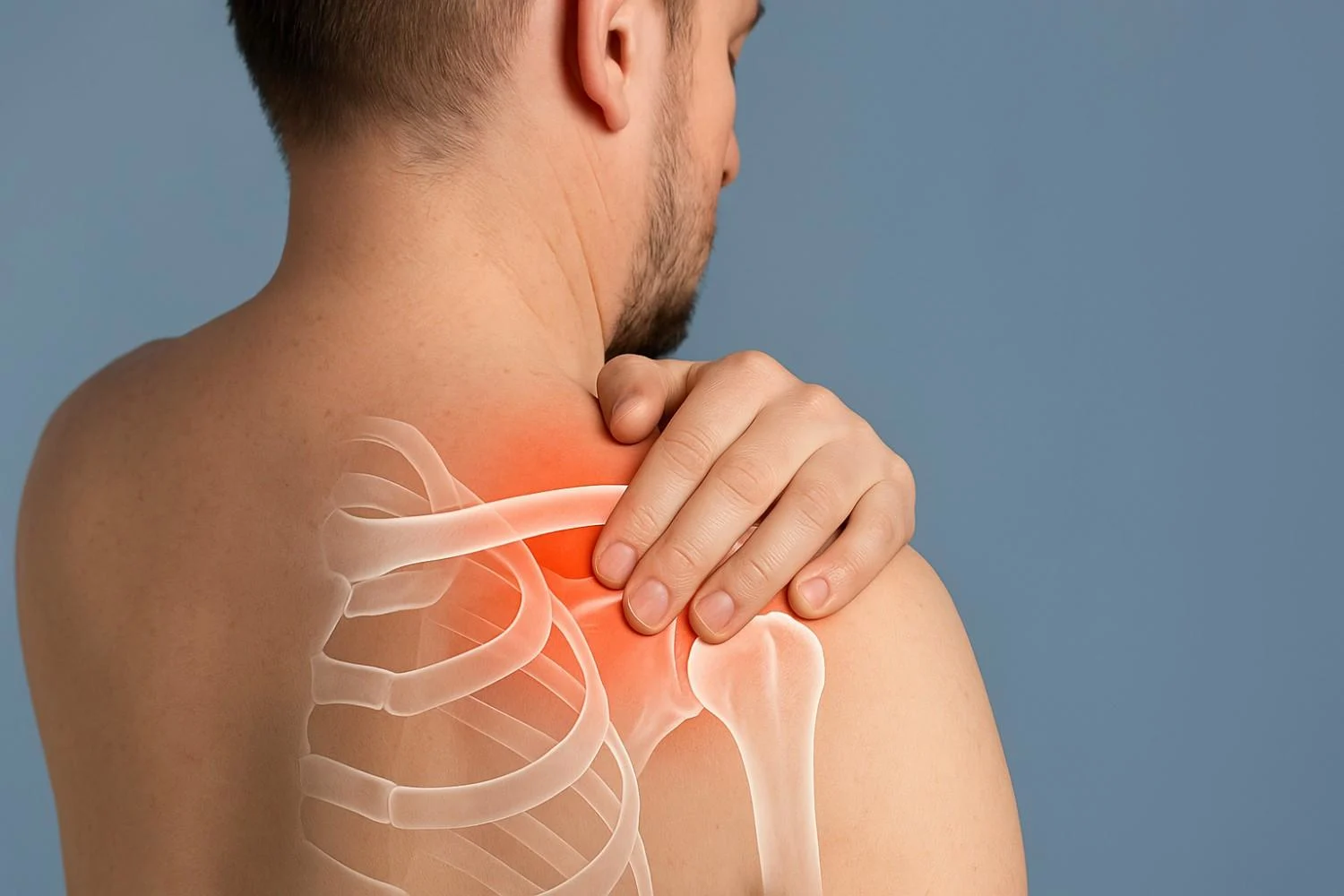




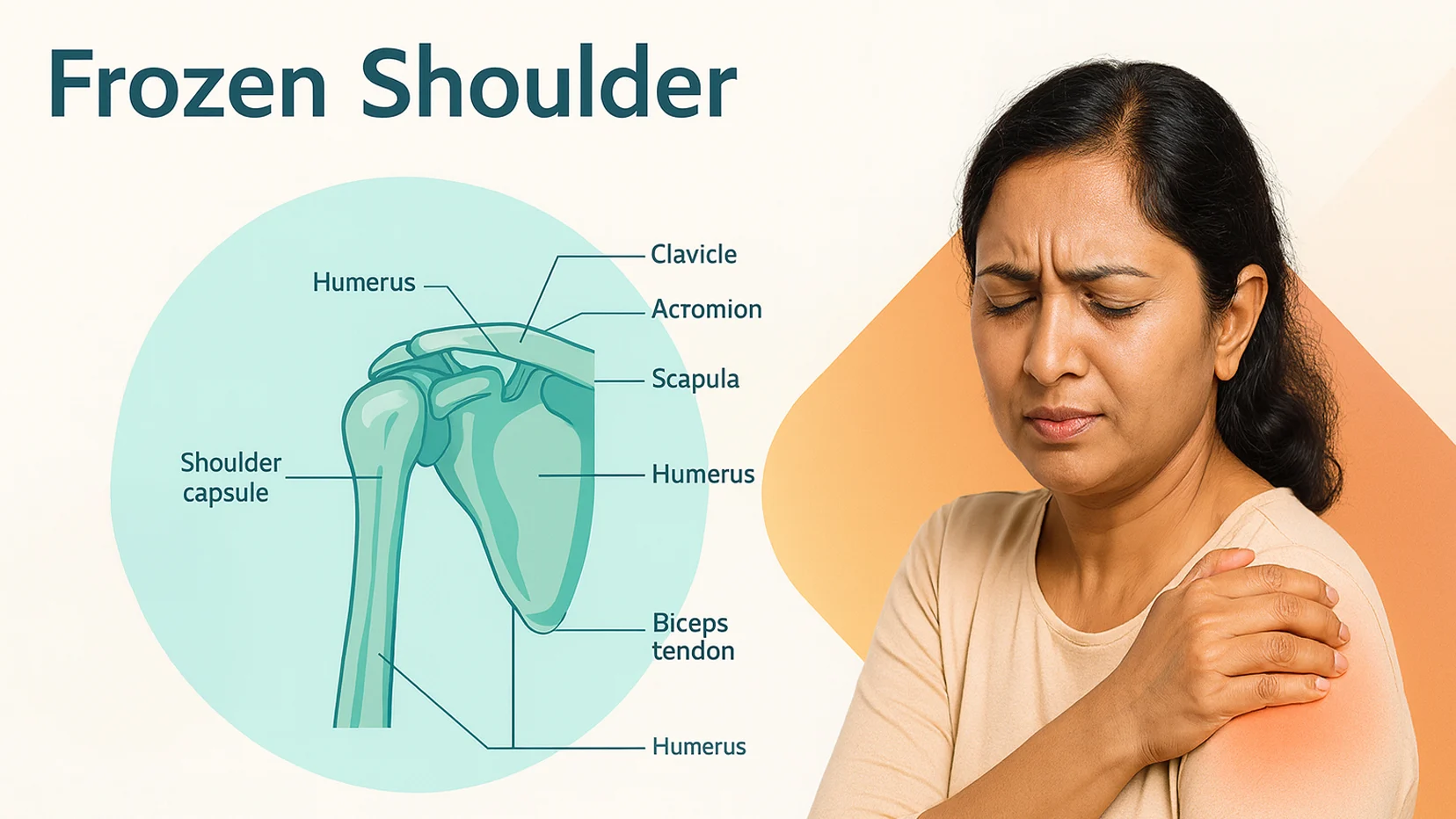

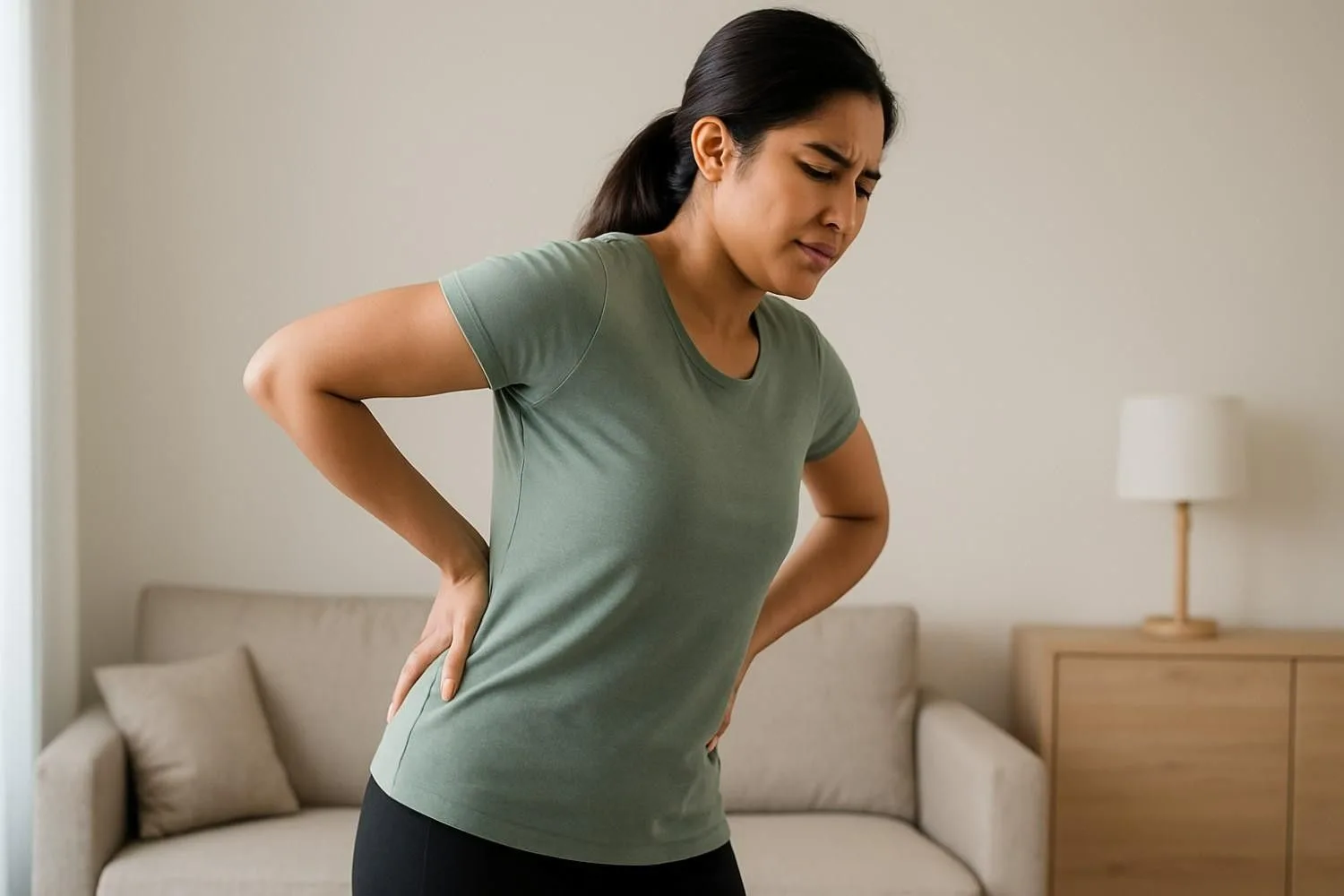
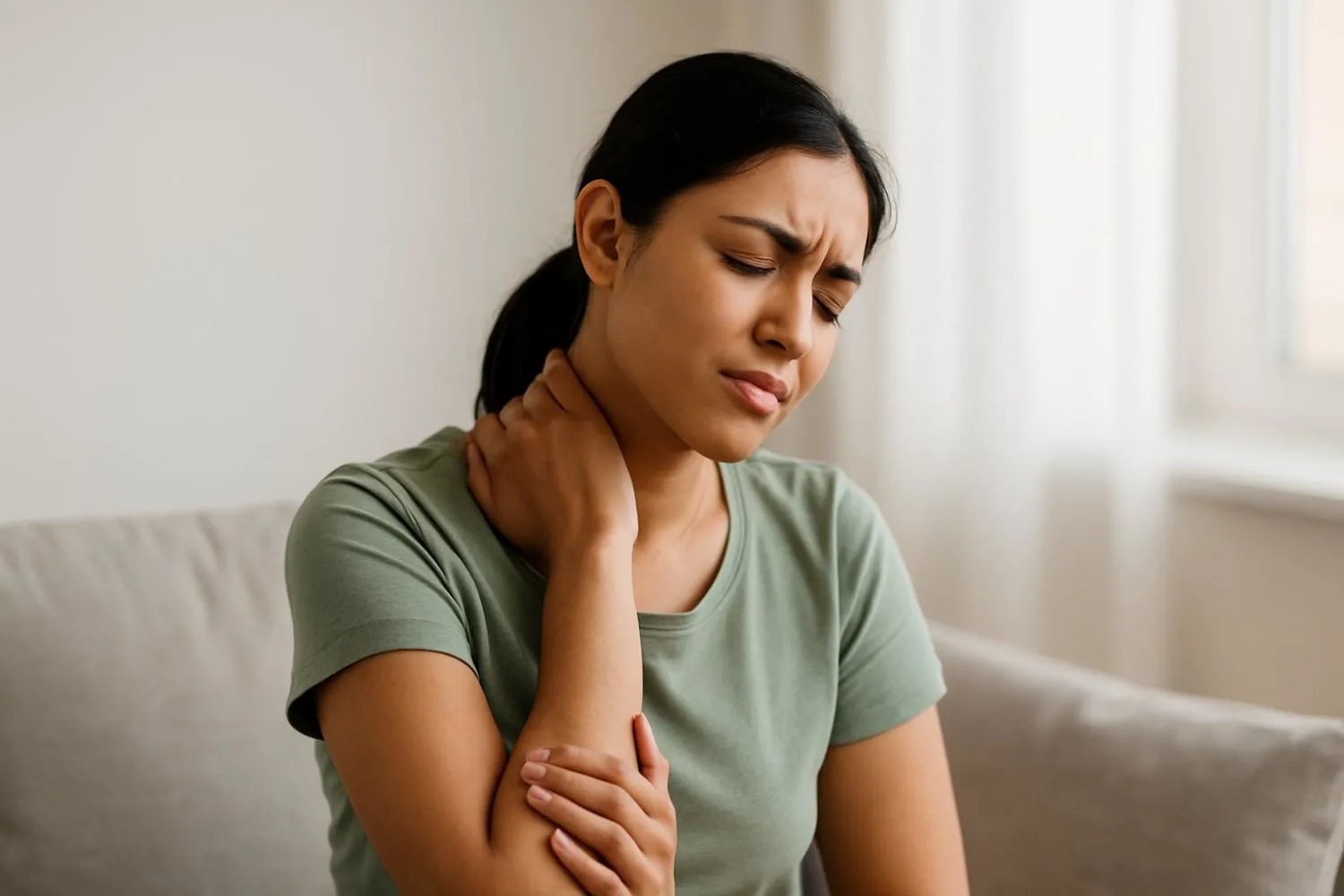
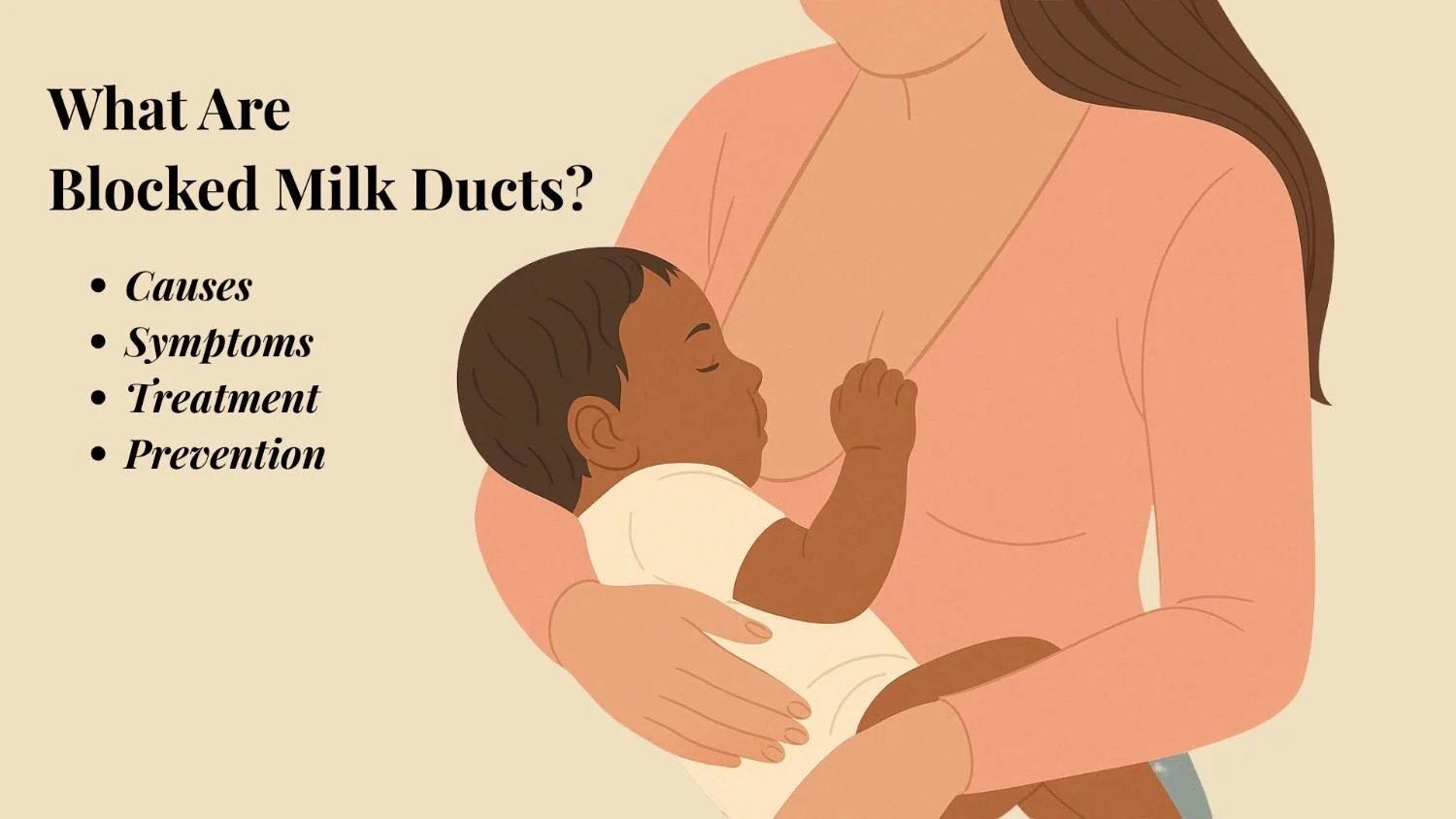
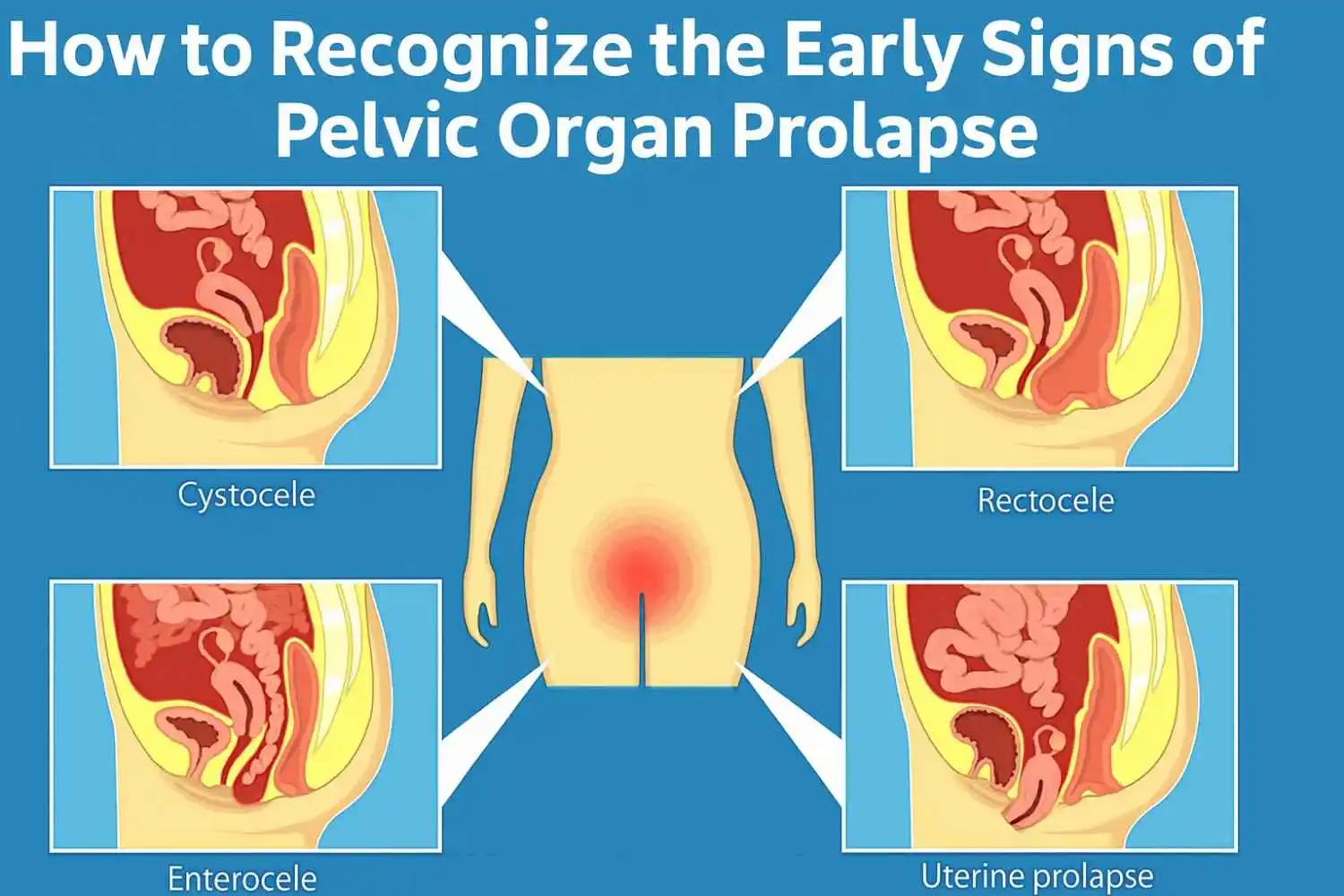
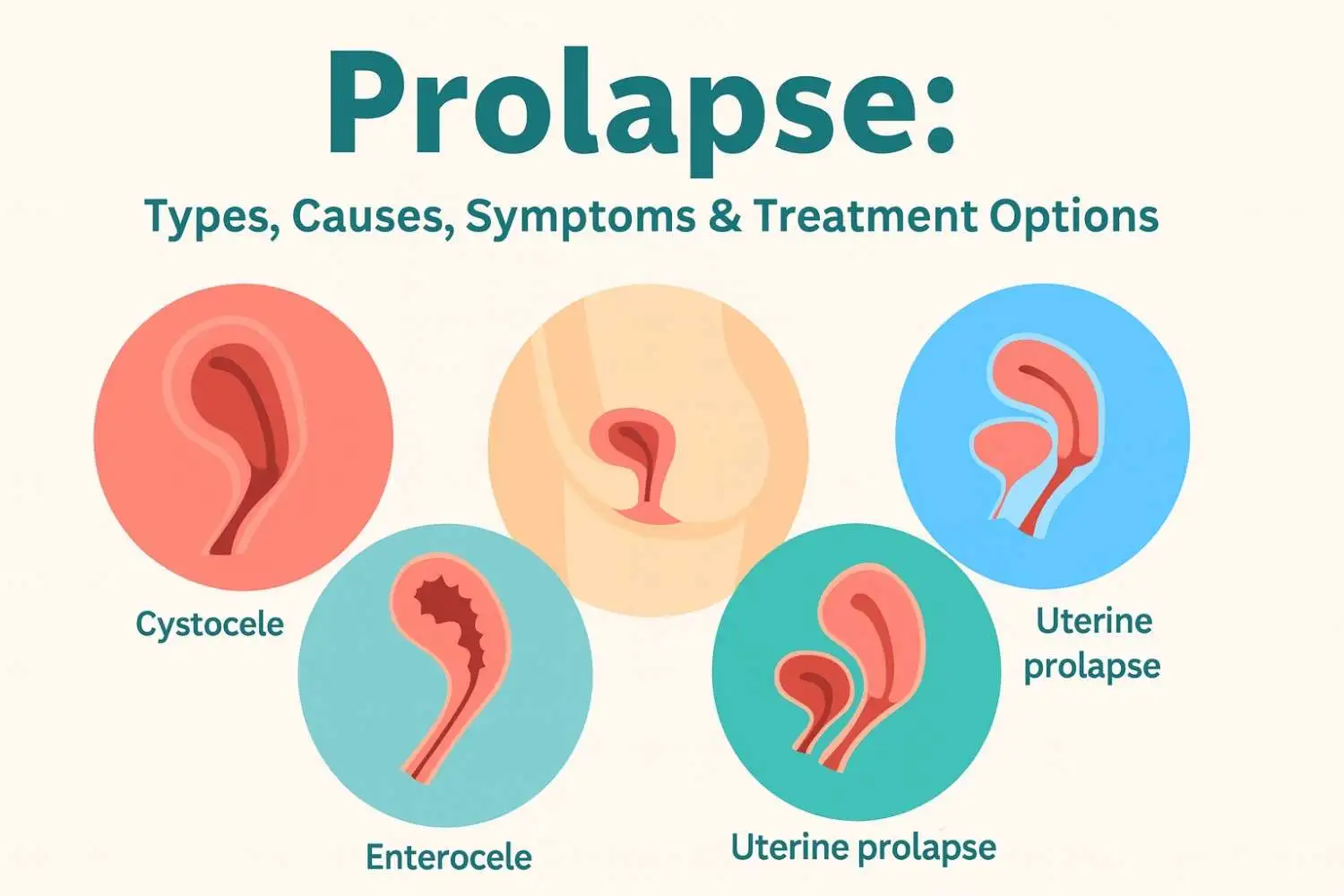









.webp)





.jpg)
































